Canada at odds with natives
Tension grows following indigenous murder trial
Debbie Baptiste holds up a picture of her son, Colten Boushies on the fifth day of the trial of Gerald Stanley, the farmer accused of killing the 22-year-old Indigenous man, in Battleford, Saskatchewan on Feb. 5, 2018. (Liam Richards | The Canadian Press via AP)
Tension between the Canadian government and Indigenous groups is increasing following the trial and verdict of Gerald Stanley, the farmer who killed Colten Boushie, a young man from the Cree tribe in the Canadian province of Saskatchewan.
Stanley pleaded not guilty to second degree murder charges, and on Friday, Feb. 9, the jury returned with a not guilty verdict, to the dismay of many Indigenous groups in Canada.
Stanley was acquitted after a long trial that started after the August 2016 shooting. According to officials, Boushie and four friends — who were also Indigenous — drove onto Stanley’s farm. The men claimed they had a flat tire and were trying to find help, but Stanley and his son testified that they believed the young men were attempting to steal his car.
Stanley alleged that Boushie and his friends tried to flee in their Ford Escape when he approached them. He reportedly kicked in the car’s tail light while his son broke the windshield with a hammer.
The car tried to drive away, but crashed into an SUV. Stanley said during his statement that he hurried to get a gun and went back to the now abandoned car to try and turn it off. While trying to get the keys from the vehicle Stanley’s gun went off, according to officials. Stanley claimed that the gun, which struck Boushie and killed him, went off on accident as the result of an unintentional shooting.
During the trial, Indigenous groups held protests outside the courthouse, and protests continued during Stanley’s bail and preliminary hearings.
Following the verdict, religious leaders are speaking out about their concerns that the justice system in Canada does not support Indigenous groups after years of historical letdowns in the nation.
Among the incidents that protesters cite as evidence of discrimination within Canada’s legal system is the death of Neil Stonechild, a 17-year-old Saulteaux First Nations teenager who was found dead in police custody on Nov. 25, 1990. Despite an investigation opening up, no one has ever been formally charged with his death.
And in 2011, the death of indigenous woman Cindy Gladue sparked protests when her alleged murderer, Bradley Barton, had his charges lessened from first-degree murder to manslaughter. Many were upset because neither Barton nor the jury were native people, fueling the argument that Canada’s legal system is unfair to the Indigenous population.
“Canadians have been having some very difficult conversations about the justice system in this country,” said Ian McLeod, who is a part of the media relations team for the Department of Justice Canada.
Canada has a long, troubled history with its Indigenous people in Battleford, Saskatchewan. When Canada was still establishing itself as a country, the lands of Indigenous peoples were taken from them in order for the Canadians to colonize and expand. Their families were torn apart, and children were sent to government schools where they often experienced emotional, mental and physical abuse. Similar to the atrocities faced by Native Americans, Canada’s Indigenous groups had to assimilate or face removal.
“Canada likes to think we’re way less racist than the U.S.,” said Rima Wilkes, a professor at the University of British Columbia in Vancouver, British Columbia. “In the U.S. there’s more emphasis on African Americans, whereas in Canada the focus is on the Indigenous.”
Wilkes specializes in the history between Canada and Indigenous groups. She says that in Canada, the ways in which Indigenous people have suffered are similar to ways that people of color in America have historically been treated.
According to Wilkes, Indigenous peoples had limited resources after their lands were taken away. Starting in 1885, their movement was restricted, and the Canadian government employed a “pass system,” similar to apartheid in Africa. People from First Nations tribes couldn’t leave their lands without having permission from their tribe agent; this lasted about 60 years.
Following the pass system was the Indian Act, which was enacted in 1876. The Indian Act gave the Canadian government legal powers over First Nations people. The aim, Wilkes said, was to force the Indigenous populations to assimilate.
“It was assumed that First Nations people would benefit from losing their collective identities and cultures and becoming more like Europeans,” said Lisa Poirier, a DePaul professor who specializes in indigenous religions and history.
At the UN General Assembly that took place In September of last year, Prime Minister Justin Trudeau formally apologized to Indigenous groups for what they endured during the early days of Canada’s founding. He acknowledged that they suffered abuse and often continue to live in poor conditions today.
In the wake of the verdict, Trudeau has mandated that the Minister of Justice is to review the criminal justice system. The under-representation of Indigenous and marginalized communities on juries will be looked into, as well as changes the federal government can make to fix the issue.
McLeod says it is important to ensure the justice system in Canada is fair and accessible to everyone and that it reflects the Canadian Charter of Rights and Freedoms. The Charter is one section of the Canadian constitution that lists the country’s rights to freedom, aboriginal rights and equality.
Now, with the recent jury ruling that Stanley is not guilty, Indigenous groups feel they are being treated wrongly by the justice system once again, and they are calling on their government to make a change.
“The government recognizes that more can be done to ensure that our system is fairer, more efficient and effective, and to alleviate systemic barriers for vulnerable and Indigenous persons,” McLeod said.


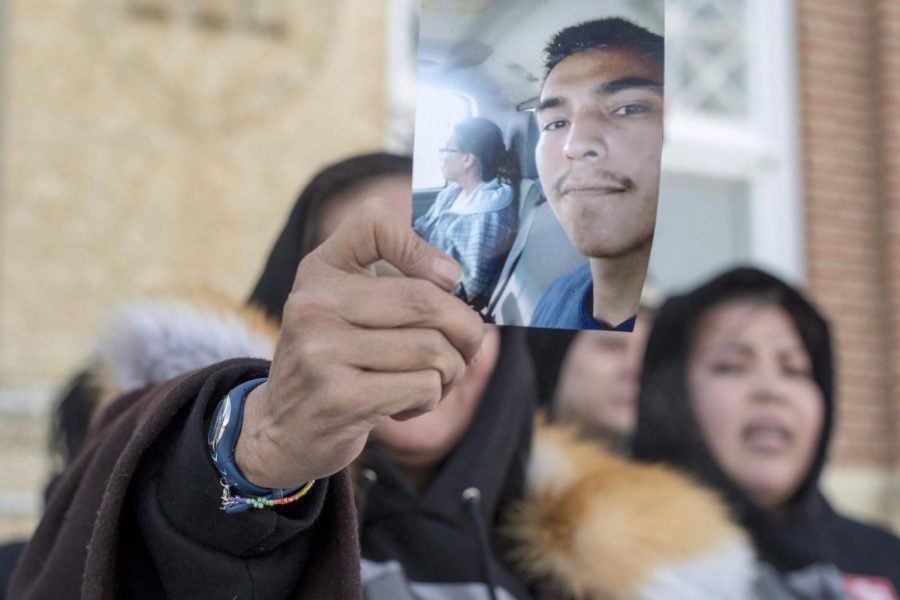

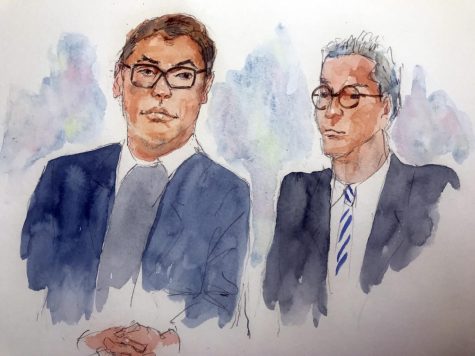
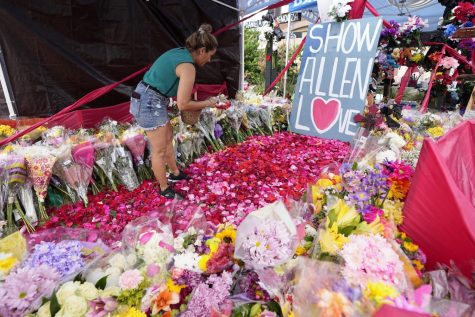

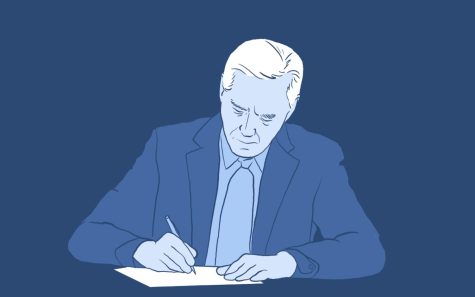
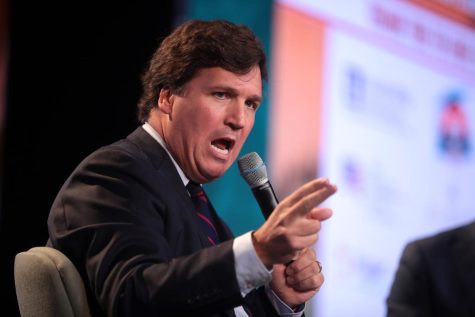

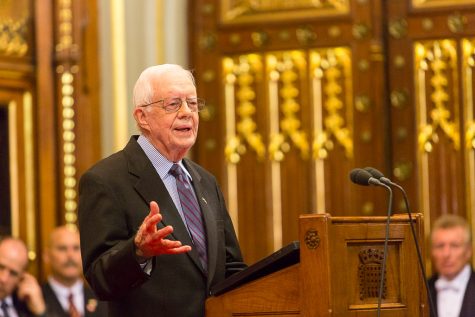
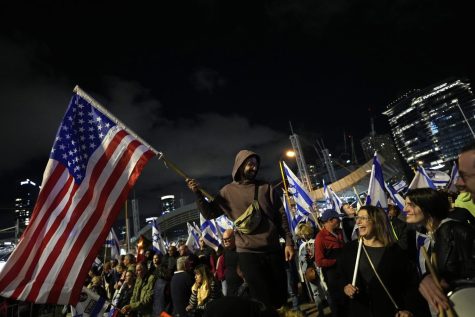

Roger Morais • Feb 19, 2018 at 7:34 am
Somehow after reading said article, it’s written as if these hoodlums were just a bunch of sweet innocent kids, wasn’t he 22 or so and even younger people behave better than how these loonigans did,Why can’t you people agree with the “NOT GUILTY”
verdict as he was tried by one of his “WORKING PEERS”, apparenrtly no F.N.’s bothered to even try or showed up only after the verdict did they want to hang this innocent person, so get with it “They were the master of their doing”